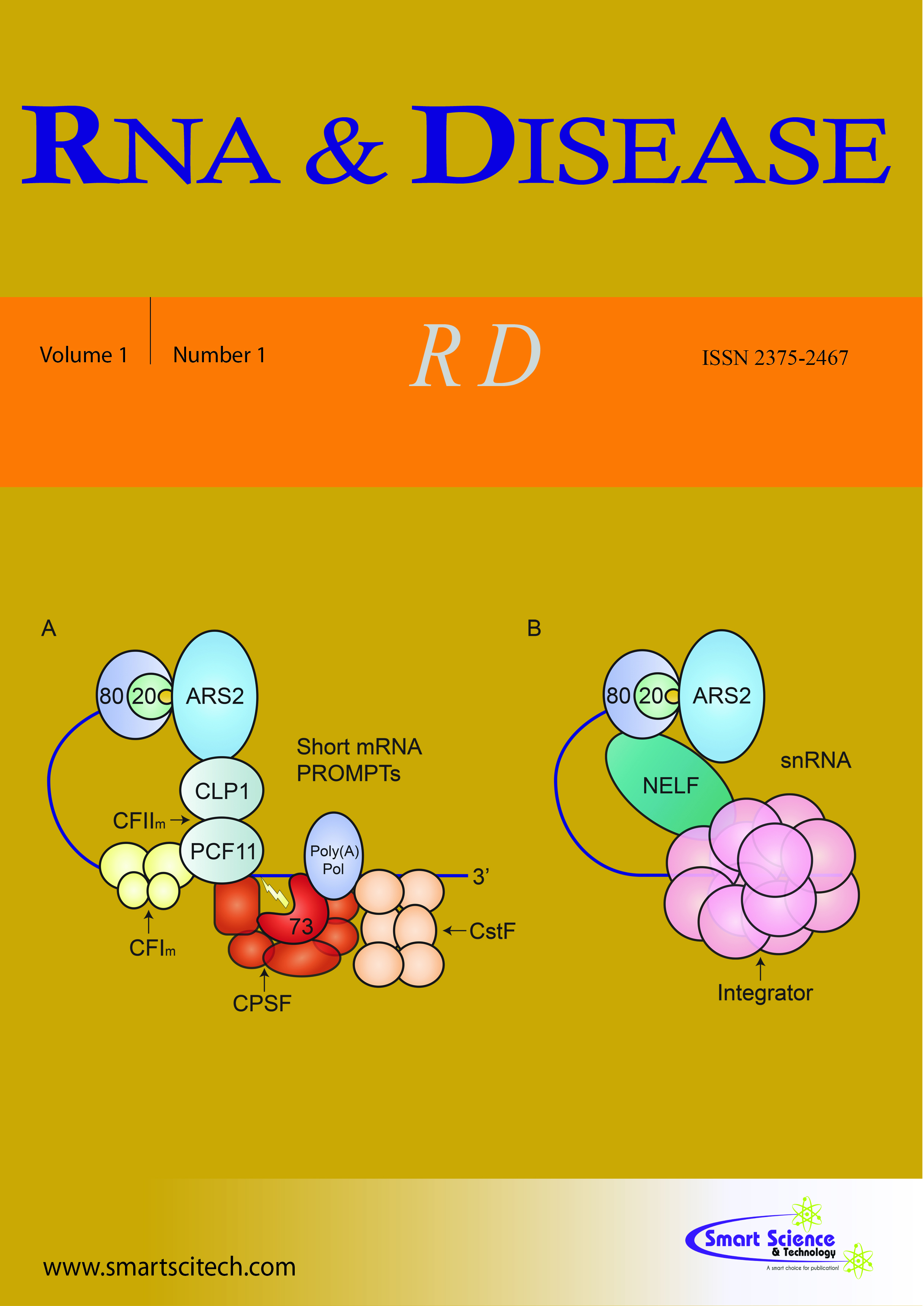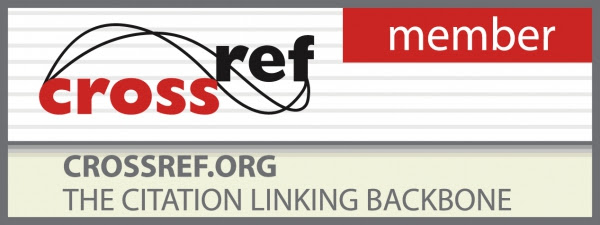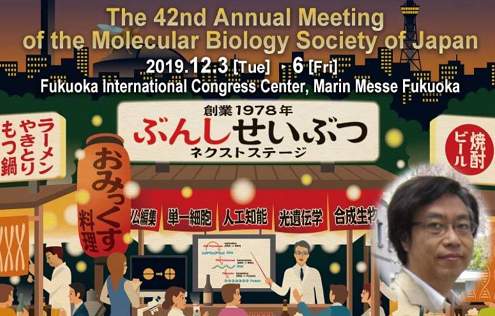The levels of the RNA binding protein Hu antigen R determine the druggability of the neddylation pathway in liver cancer
DOI: 10.14800/rd.1123
Abstract
Hepatocellular carcinoma (HCC), the most common liver cancer, is an important leading cause of death worldwide. Neddylation is a post-translational modification involved in several processes such as cell growth, viability and development. Importantly, the neddylation pathway is upregulated in liver cancer and specifically enriched in patients with poor prognosis. Hu antigen R (HuR), is a RNA-binding protein that stabilizes target mRNAs involved in hepatocyte proliferation, differentiation and malignant transformation. And notably, HuR levels are highly representative in liver and colon cancer. A ground-breaking knowledge about HCC has been to identify that neddylation plays a role in HCC by regulating the liver oncogenic driver HuR. In addition, the neddylation inhibitor MLN4924 has shown antitumoral effects in vitro and in vivo in liver cancer, partly through HuR destabilization. Importantly, high levels of HuR made hepatoma cells more resistant to neddylation inhibition while low levels of HuR sensitized cells to the treatment, suggesting that the levels of HuR determine the druggability of the neddylation pathway in HCC. Overall, our findings highlight the impact that neddylation plays in liver cancer and open a completely new area of research, paving the way for novel therapeutical approaches.












